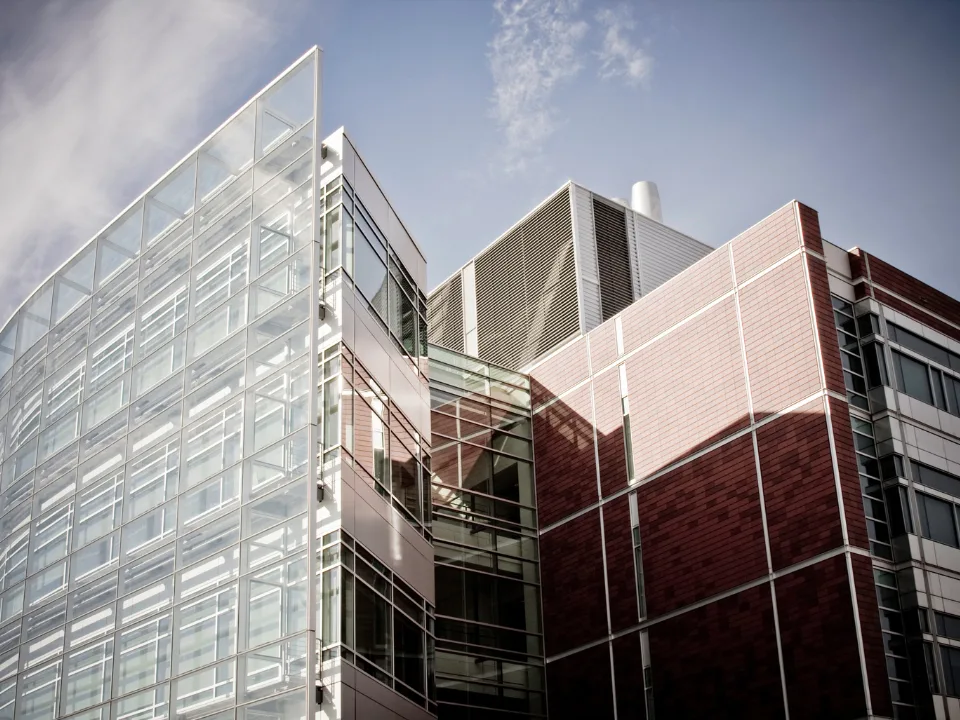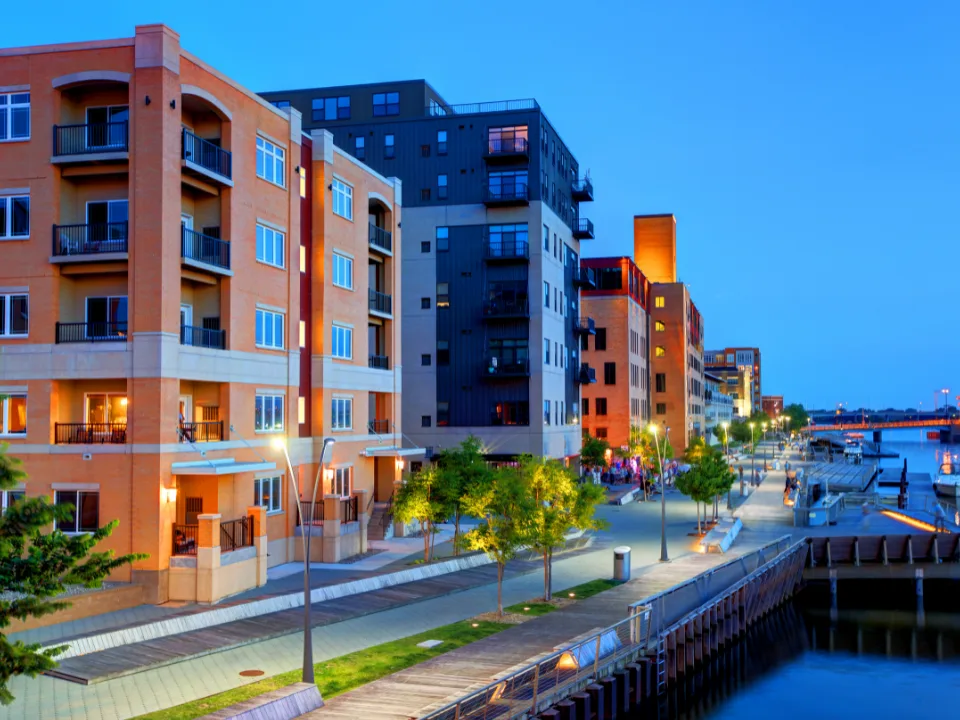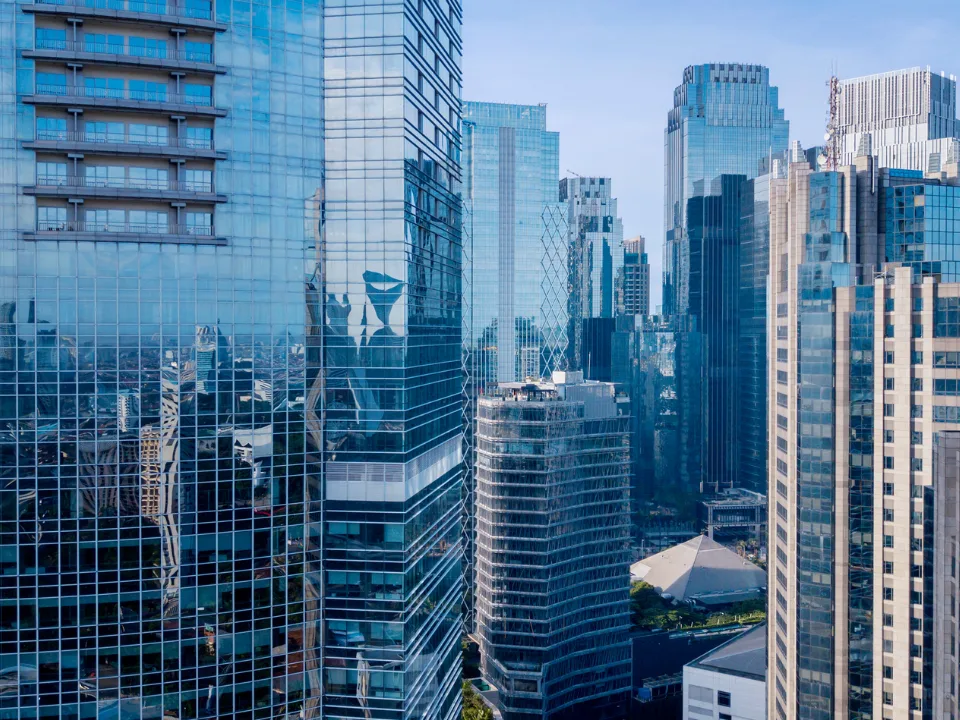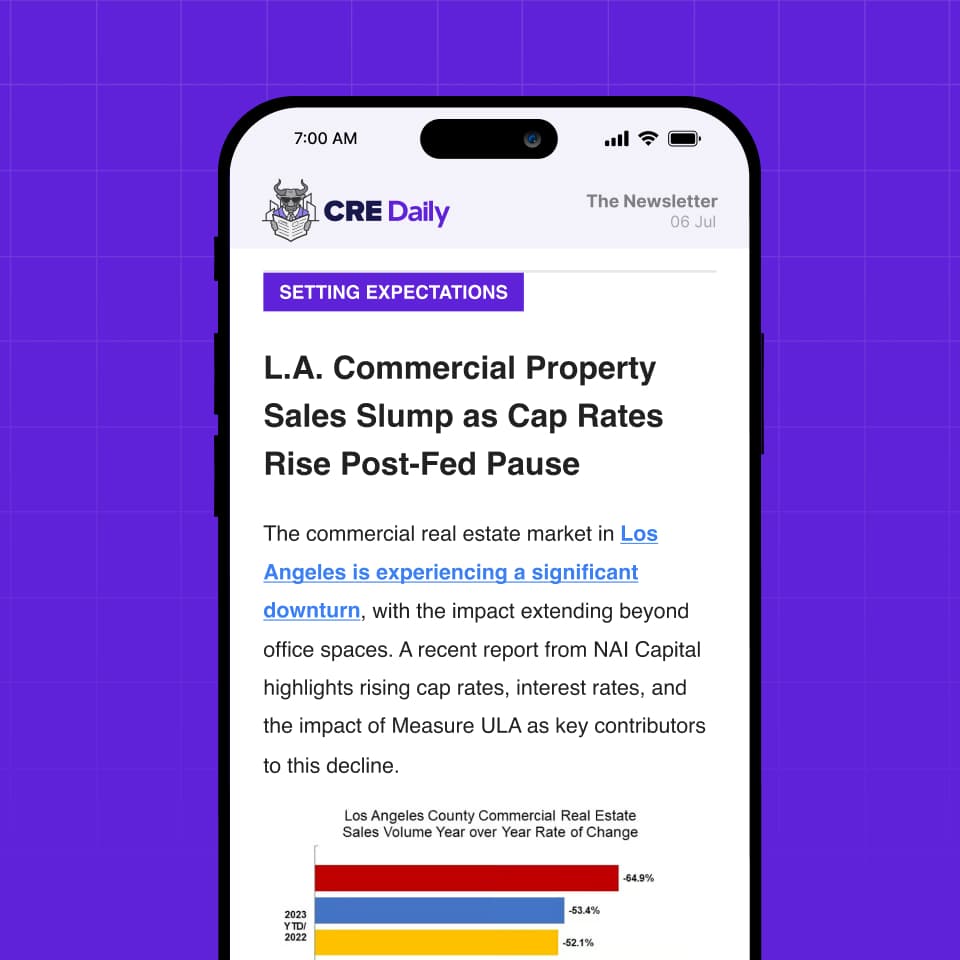- Class B office space in Manhattan is seeing a surprising surge in demand, with leasing activity outpacing historical averages and supply tightening — a reversal from pandemic-era forecasts.
- Conversions and a lack of new supply are reducing Class B inventory, even as returning-to-office mandates and cost-conscious tenants drive leasing activity higher.
- Rents remain lower than Class A, but owners face rising costs to meet tenant expectations, creating a challenging but opportunistic moment in the market.
A Market Flip No One Predicted
According to the Commercial Observer, only a few years ago, Class B buildings were written off as the inevitable casualties of a remote-first world. Now, they’re the unlikely stars of a recovering office market.
Mid-tier properties — typically older and less flashy than their Class A peers — are experiencing a dramatic turnaround. Executives at Adams & Company, which oversees 36 such buildings, report several properties are fully leased, with more demand than space available.
This shift comes as top-tier towers like One Vanderbilt and 425 Park Avenue remain fully occupied and little new office development is on the horizon. Only 3.5M SF of new office space is expected in Manhattan by 2030, and much of that is already pre-leased.
Conversions Cut Supply — and Increase Competition
Office-to-residential conversions are eating into Class B inventory fast. More than 6.5M SF have already been converted since the pandemic began, and new city and state incentives, like the City of Yes rezoning plan and tax code section 467-m, are accelerating that trend. For every million SF slated for conversion, roughly 27% of tenants relocate and enter the already competitive leasing market, according to Colliers.
The result? A Class B space crunch few saw coming.
Get Smarter about what matters in CRE
Stay ahead of trends in commercial real estate with CRE Daily – the free newsletter delivering everything you need to start your day in just 5-minutes
Demand Outpaces Supply
The numbers support the story:
- Class B leasing in Q1 2025 was up 25% over the 10-year quarterly average, hitting over 2M SF.
- Sublease availability has declined for eight straight quarters, now at its lowest level since mid-2020.
- Big deals abound: Amazon (via WeWork) leased over 300,000 SF; IBM added 92,000 SF at One Madison Avenue; and Goodwin Procter relocated to a 116-year-old building with a 20-year lease.
These leases, along with many others from tenants like Capital One, A&E Networks, and Horizon Media, reflect renewed confidence in the office — and a willingness to bet on well-located, renovated older buildings.
Affordability + Flexibility = Appeal
Class B offices also come at a discount. Asking rents are nearly $20 PSF lower than Class A space, and in Midtown South, the gap can reach $25. This makes them especially attractive to tech and creative firms — tenants that expect furnished, turnkey spaces similar to coworking environments.
But that affordability cuts both ways. Owners face higher costs to meet tenant expectations, including furniture, buildouts, and generous allowances. As Kaufman Leasing’s Grant Greenspan notes, pre-COVID landlords rarely furnished space — now it’s often essential, adding up to $20 PSF in cost.
Looking Ahead: Demand May Outpace Supply for Years
If current trends hold — with more conversions, few new builds, and continued return-to-office mandates — Manhattan’s Class B market could remain tight for the foreseeable future. The only real threats? A tech sector downturn or macroeconomic headwinds like rising unemployment or a recession.
Still, for now, the data signals a durable shift: Manhattan’s once-overlooked Class B buildings are no longer the backup plan — they’re the main attraction.
Why It Matters
As office leasing continues its post-pandemic reshuffle, the revaluation of Class B properties is redefining the pecking order of Manhattan’s commercial market. Developers, tenants, and investors alike will need to rethink where the real value lies — and how long it will last.














